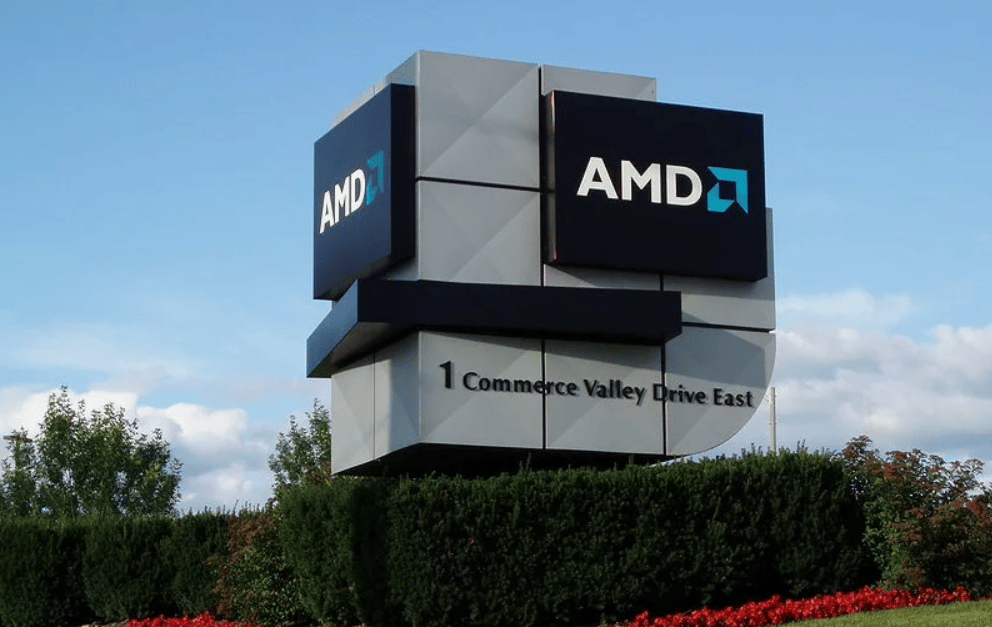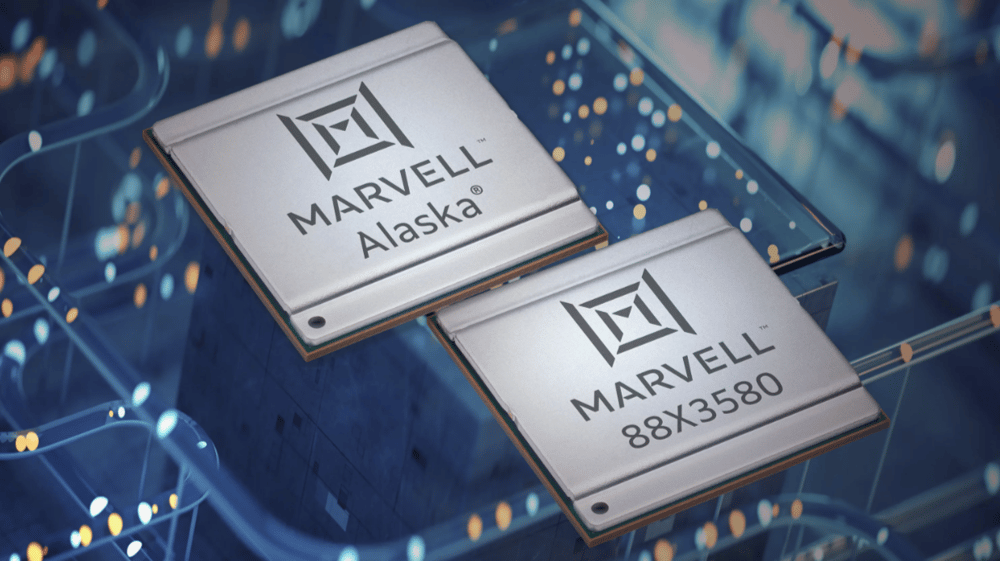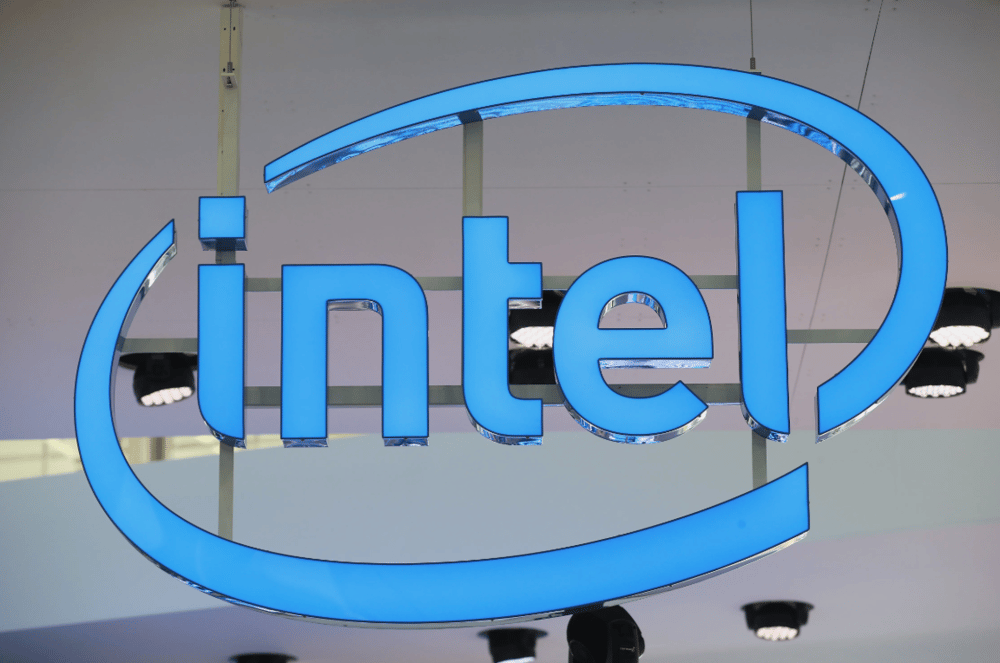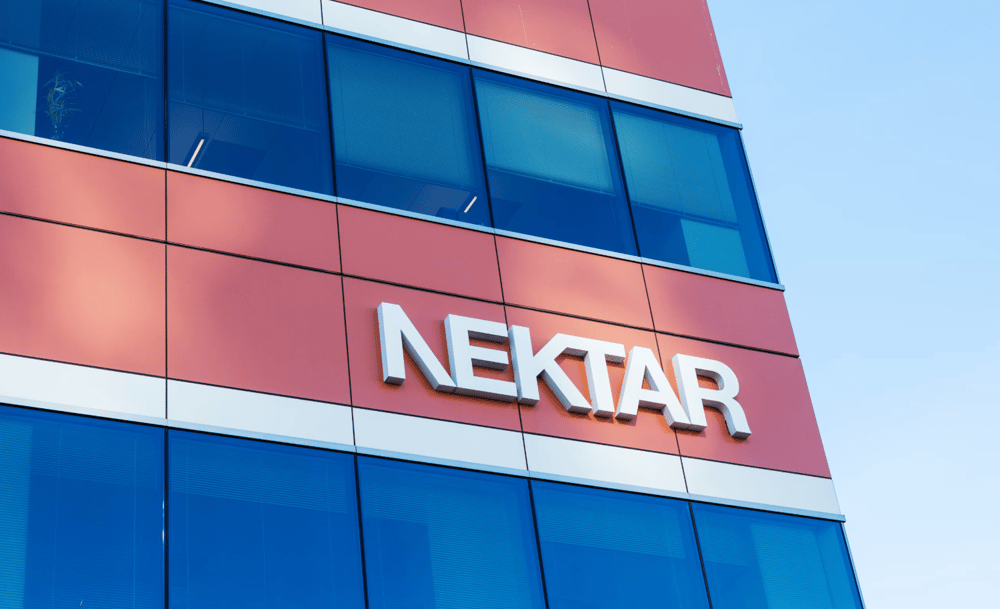Intel Considers Divestiture of Networking Unit Amid Strategic Refocus
In a move signaling deeper structural transformation, U.S. chipmaker Intel Corporation $INTC is reportedly exploring the sale of its networking and edge computing business, according to multiple sources familiar with the matter. This consideration follows CEO Lip-Bu Tan’s renewed focus on core competencies, as the company looks to divest non-strategic operations and realign toward its traditional strengths—central processing units (CPUs) for personal computers and data center infrastructure.
The potential divestiture is part of a broader initiative to enhance capital efficiency, improve margins, and respond to increasing competition from firms like AMD $AMD and NVIDIA $NVDA in high-performance and AI chip segments.
Analysis of the Sale’s Implications for Intel and the Semiconductor Industry
Intel's networking and edge group, previously referred to as NEX (Network and Edge Group), was positioned to capitalize on the rising demand for edge computing, 5G infrastructure, and low-latency network services. However, despite growing market interest in these verticals, Intel’s business unit has not matched expectations in terms of scalability or profitability.
The current restructuring indicates that Intel seeks to exit operations with slower ROI, especially as it faces elevated R&D and foundry investments. The decision echoes previous divestitures, including the sale of its NAND memory unit to SK Hynix and the spinoff of its autonomous vehicle unit Mobileye $MBLY.
Should Intel proceed with the sale, potential buyers could include private equity firms or strategic acquirers in telecommunications and cloud infrastructure sectors. The transaction would likely realign internal capital flows toward Intel’s IDM 2.0 strategy—an ambitious plan to regain semiconductor leadership through integrated device manufacturing and foundry services.

Key Facts
Intel is evaluating the sale of its networking and edge division (formerly NEX)
The group has not delivered expected scalability or returns
CEO Lip-Bu Tan is prioritizing PC and data center chip development
The strategy follows previous divestments, including Mobileye and NAND memory
Divestiture could support Intel’s IDM 2.0 transformation and margin recovery
Extended Analysis: Market Response and Strategic Signals
While no formal announcement has been made, Wall Street has interpreted the potential divestiture as a positive step in restoring Intel’s long-term competitiveness. Investors have long urged the company to divest or streamline underperforming divisions. Shares of INTC have shown modest upside in recent sessions, reflecting cautious optimism toward a leaner operational model.
Analysts view the move as part of a broader semiconductor sector trend: large-cap players increasingly refocus on high-yield technologies such as AI chips, GPUs, and custom silicon. For Intel, the shift also represents a bid to regain investor confidence after years of lagging execution compared to rivals.
Private equity funds with sector exposure—such as Silver Lake, TPG, or KKR—could express interest, particularly if the business offers recurring revenue streams from network infrastructure contracts. Strategic buyers, including Cisco $CSCO or Marvell Technology $MRVL, might explore synergies in edge processing and telecom hardware.

Key Strategic Takeaways
Non-Core Asset Rationalization — Intel is shedding divisions not aligned with its core revenue-generating activities.
Capital Reallocation — Divestiture would free up capital for chip manufacturing, AI R&D, and IDM 2.0 execution.
Improved Focus — Shifting internal resources to high-margin segments enhances operational efficiency.
Market Alignment — The sale aligns Intel with macro trends toward silicon specialization and fabless-factory partnerships.
Investor Perception — Financial markets favor Intel’s pivot back to fundamentals, expecting longer-term earnings stabilization.
Strategic Clarity Amid Industry Disruption
Intel’s consideration of divesting its networking and edge business reflects a calculated shift toward operational clarity and capital discipline. As the global semiconductor industry undergoes a paradigm shift driven by AI acceleration, geopolitical supply chain realignment, and custom chip architectures, Intel is positioning itself to compete on the foundations it helped establish.
The move reinforces CEO Lip-Bu Tan’s commitment to long-term transformation while acknowledging short-term performance realities. If executed, the divestiture could serve as a strategic inflection point, allowing Intel to sharpen its technological focus and reinvigorate its status in the global chip hierarchy.















Comments